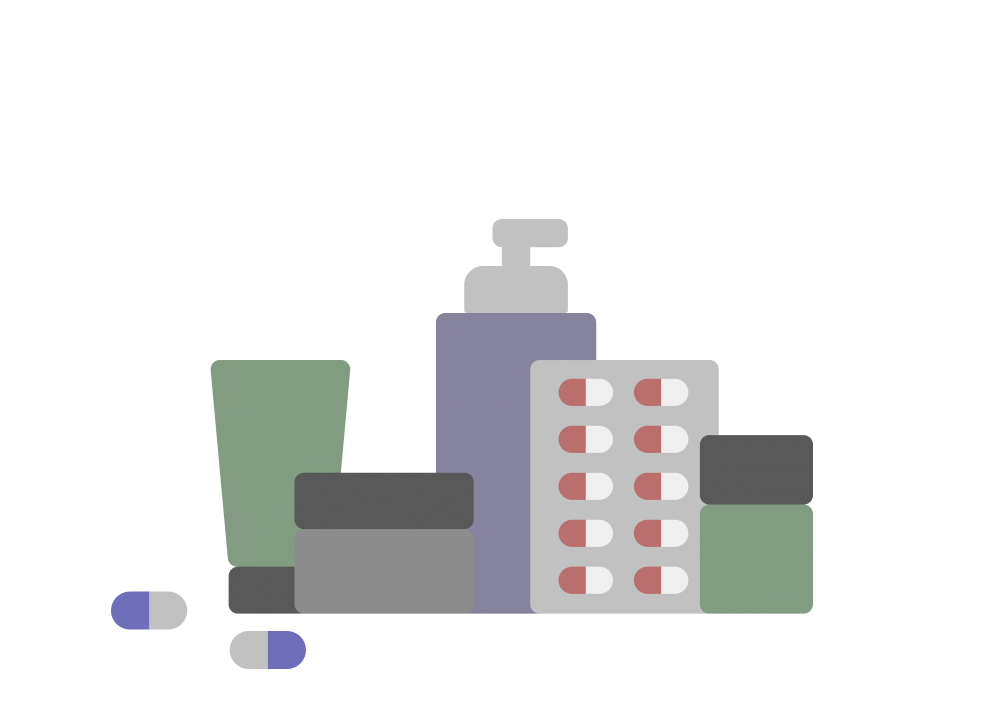
Canoxy LB 200mg/28.5mg Dry Syrup
Manufacturer
Canipla Care
Salt Composition
Amoxycillin (200mg) + Clavulanic Acid (28.5mg) + Lactobacillus (60Million spores)
Key Information
Short Description
Canoxy LB 200mg/28.5mg Dry Syrup is an antibiotic that helps treat bacterial infections of the ear, nose, throat, chest, lungs, teeth, skin, and urinary tract in children.
Dosage Form
Dry Syrup
Introduction
Canoxy LB 200mg/28.5mg Dry Syrup is an antibiotic that helps treat bacterial infections of the ear, nose, throat, chest, lungs, teeth, skin, and urinary tract in children. It can kill the bacteria that have become resistant to other therapies and has a lesser chance of causing side effects like diarrhea.
Directions for Use
Your child must complete the entire course of antibiotics. Stopping too soon may cause the bacteria to multiply again or cause another infection.
How it works
Canoxy LB 200mg/28.5mg Dry Syrup is an antibiotic. It has three active agents: amoxycillin, clavulanic acid, and lactobacillus. Amoxycillin works by preventing the formation of the bacterial protective covering (cell wall) which is essential for the survival of the bacteria. Whereas clavulanic acid serves the special purpose of inhibiting an enzyme (beta-lactamase) that is produced by resistant bacteria. While these two medicines treat your child's infection, they may upset your child's digestive system by killing healthy gut bacteria due to the prolonged intake of this medicine. The third agent lactobacillus helps prevent side effects such as diarrhea by restoring the balance of healthy bacteria in your child's gut.
Quick Tips
Your child may have a bitter taste in the mouth after the intake of Canoxy LB 200mg/28.5mg Dry Syrup. Eating citrus fruit or sipping plenty of water or fruit juice may help. Never share your child's medicine with anyone else even if they show similar symptoms. Never self-medicate at home. Always consult the doctor before giving any medicine to your child. Do not give Canoxy LB 200mg/28.5mg Dry Syrup to treat the common cold and flu-like symptoms caused by viruses. Never save medicine for future illnesses. It cannot be said whether the same medicine will work on future infections. Stop Canoxy LB 200mg/28.5mg Dry Syrup immediately if your child develops an itchy rash, facial swelling, or breathing difficulty. Report to the doctor without any delay.
Frequently asked questions
Can I give a higher dose of Canoxy LB 200mg/28.5mg Dry Syrup to my child?
No, it's not recommended to give a higher dose of Canoxy LB 200mg/28.5mg Dry Syrup to your child, as it may increase the risk of side effects. If your child's symptoms worsen, consult your doctor for reevaluation.
Can I give other medicines with Canoxy LB 200mg/28.5mg Dry Syrup?
It's essential to inform your doctor about any other medicines your child is taking before starting Canoxy LB 200mg/28.5mg Dry Syrup. Additionally, consult with your child's doctor before giving any other medicine to your child.
Can I stop giving Canoxy LB 200mg/28.5mg Dry Syrup to my child when the symptoms are relieved?
No, do not stop giving Canoxy LB 200mg/28.5mg Dry Syrup to your child unless the full course of treatment is complete, even if you feel better. The symptoms may improve before the infection is fully cured. Continue giving the medicine for the prescribed duration to ensure the infection is completely cleared.
Can I get my child vaccinated while taking Canoxy LB 200mg/28.5mg Dry Syrup?
Antibiotics usually do not interfere with vaccine ingredients or cause adverse reactions in children who have just been vaccinated. However, children taking antibiotics should not receive vaccinations until they have recovered from the illness. Once your child feels better, the vaccine can be administered.
What lab tests may my child undergo while taking Canoxy LB 200mg/28.5mg Dry Syrup on a long-term basis?
With prolonged therapy, your child's doctor may monitor kidney and liver function tests periodically to monitor their condition.
Is yellow-green mucus in my child's nose a sign of a bacterial infection?
Yellow or green mucus in the nose does not necessarily indicate the need for antibiotics. During a common cold, it's normal for mucus to thicken and change color. Symptoms often last for 7-10 days.


